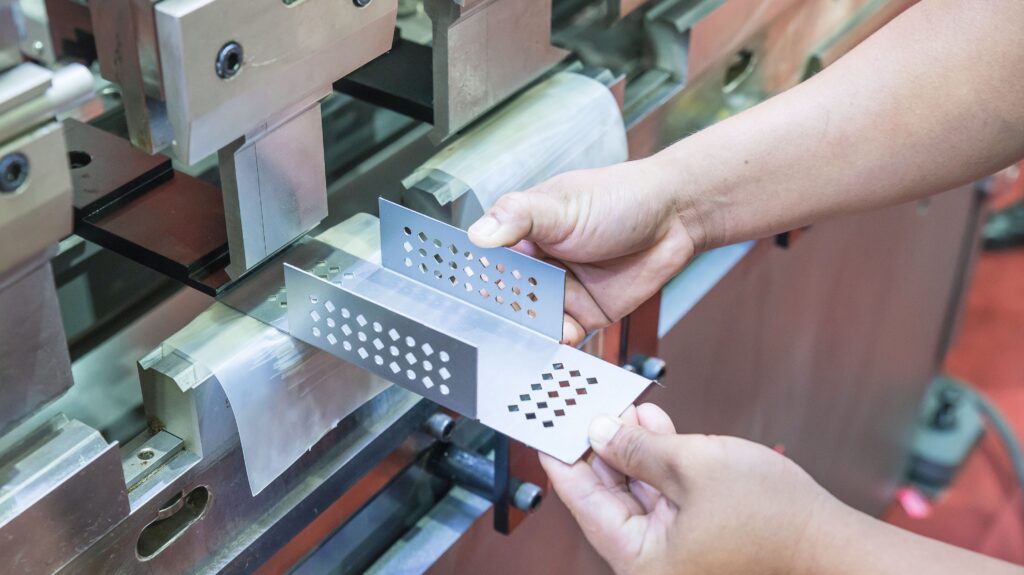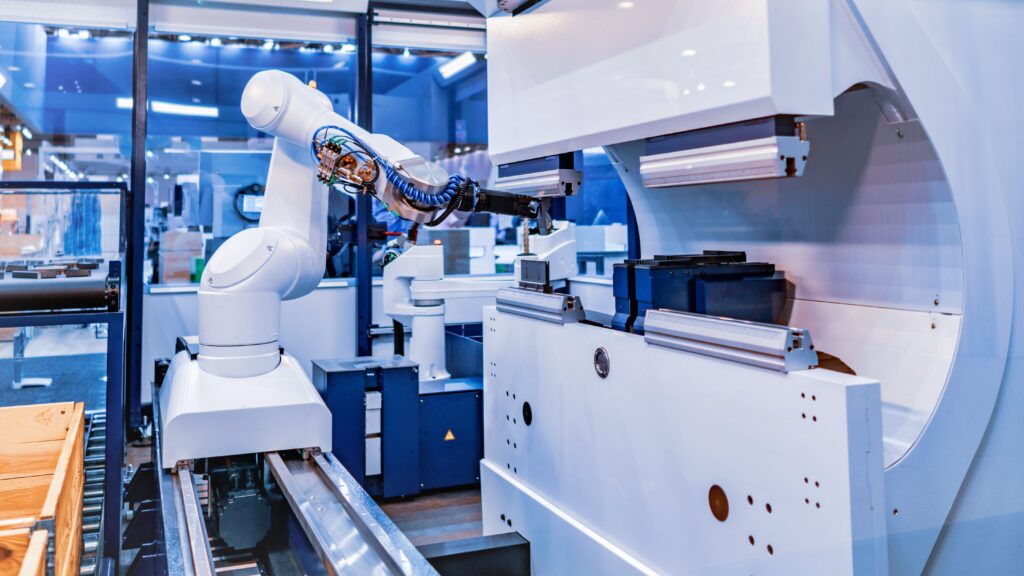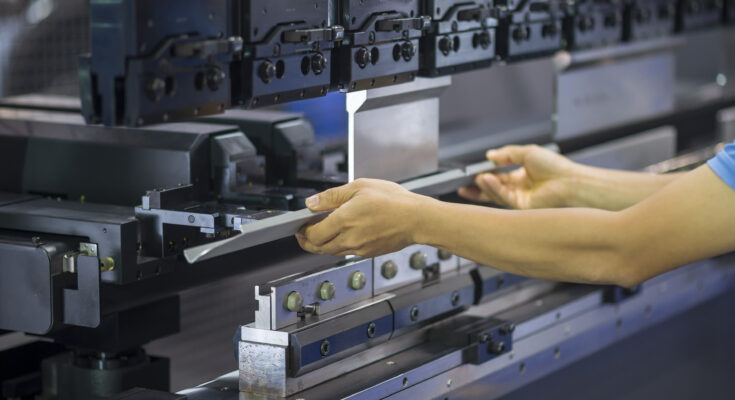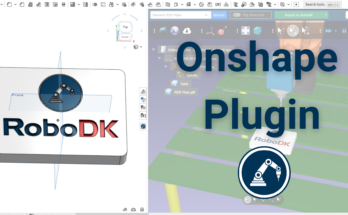Sheet metal bending is a time-consuming and inefficient task. How do you bend sheet metal more effectively?
Adding a robot to your process can be a perfect solution to improve the efficiency and productivity of your sheet metal bending process.
It also significantly reduces the potential hazards when performing the task manually, such as cuts from sharp metal, loud machines causing hearing damage, and other injuries.
But, is automated sheet metal bending the right solution for your business?
Do You Need an Automated Sheet Metal Bending Machine?
If you work with sheet metal, it’s likely that bending is a core task for you.
There are many different sheet metal bending techniques. Bending machines have long been a fixture in machine shops and there is a machine for almost every sheet metal bending technique that you can think of.
The problem with most bending machines is that they are manually operated. The operator has to hold the sheet in place while the press bends it. Every bend requires the person to manually move and realign the metal.
This takes a lot of time! And, due to the manual nature of the task, many different quality issues can arise that make the process even less effective (e.g. inconsistent sizes, squint bend lines, cracks).
If you think that your sheet metal bending process could be more efficient… you are almost certainly right.
Adding even just a bit of automation to your sheet metal bending machine can increase your productivity significantly. It allows you to move workers away from this time-consuming task and onto other, more productive tasks.

What to Look for in a Sheet Metal Bending Machine
How do you start adding automation to a sheet metal bending process?
You can find a range of automation solutions on the market that offer varying levels of automation. There are custom-designed autonomous machines that can only produce one part. There are flexible autonomous machines that specialize in particular types of bending. And there are various semi-autonomous machines.
The two major problems with most autonomous machines are their inflexibility and size. They are difficult to update when the needs of the task change and they take up a lot of floor space.
With manual bending, a huge benefit is that the person can immediately adapt to a new task. It doesn’t matter what type of bending is required, a person will change what they are doing to accommodate it. A person also doesn’t occupy much space.
Ideally, you want to preserve this level of flexibility.
This is where robots come in.
A robot can be almost as flexible as a human worker. They also take up much less space than the other autonomous sheet metal bending machines on the market.
Why Should You Consider a Sheet Metal Bending Robot?
In recent years, robots have become an increasingly common sight in manufacturing facilities. They allow you to increase the level of automation little by little. You don’t need to completely overhaul your existing methods of working, as is the case with conventional automation methods.
But, are robots right for you?

Here are some questions you can ask yourself to assess if a robot might be a good solution for you:
- Do our metal bending processes take up significant amounts of time for one or more workers?
- Has the sheet metal bending task become a bottleneck?
- Are there regular quality consistency issues with the manual bending process?
- Is the operation of the sheet metal bending machine a safety concern?
If you answered yes to any of these questions, it’s worth exploring whether a robot could be the right solution for you.
5 Sheet Metal Bending Techniques to Consider
The basic method for automating sheet metal bending with a robot is to use it as a machine tending tool. Instead of a human worker positioning the sheet metal in the bending machine, you program the robot to manipulate the sheet instead.
This makes robots suitable for practically any bending technique that a human worker can perform.
Examples of sheet metal techniques that you could use a robot for are:
- V Bending — The most common type of bending, a punch and die is used to press a V-shaped bend into the sheet metal. The robot simply places the sheet metal in position and autonomously activates the bending press through its controller.
- Step Bending — This involves creating multiple successive bend lines on the same piece of sheet metal to produce a large bend radius. The robot quickly moves the sheet through the bending machine, adjusting its position slightly with each step.
- Roll Bending — Here, a set of three rollers is used to bend a continuous radius in the sheet metal. The robot feeds the sheet into the rollers which ensures that the sheet is accurately placed every time.
- Wipe Bending — A similar process to V-bending, wipe bending involves using a die, punch, and pressure pad. The key here is to precisely position the sheet onto the die. A well-programmed robot will always position the die correctly.
- Hot Bending — Another technique that robots are particularly suited for is hot bending, where the metal is heated before bending. Using a robot removes the risk associated with manually handling hot metal.

What Other Sheet Metal Tasks Can a Robot Do?
The sheet metal bending techniques listed above are just the beginning of what a robot could bring to your process. It is likely that many of your sheet metal tasks could be performed with a robot.
For example, a task you might not have considered is palletizing. If you need to pick your sheet metal from a pallet or place the finished products onto pallets, you need the robot to handle the palletizing or depalletizing task as well.
With a programming solution like RoboDK, you can program both the steps to tend your sheet metal bending machine and the palletizing steps in the same intuitive environment.
What sheet metal processes would you like to automate? Tell us in the comments below or join the discussion on LinkedIn, Twitter, Facebook, Instagram, or in the RoboDK Forum.




